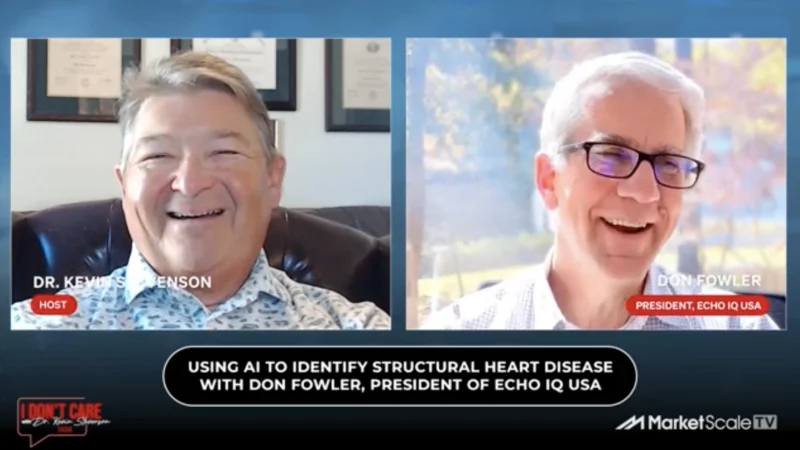CurveBeam Connect: The Benefits of Weight-Bearing CT Scans for Orthopaedic Foot and Ankle Injuries
Fall is coming, and so is CurveBeam’s Annual User Meeting, held this year from Oct 17-19 in Kent Island, MD. CurveBeam’s Director of Marketing, Vinti Singh, sat down with one of this year’s featured speakers to preview some of the great topics attendees of the meeting can expect to hear and learn. Dr. Sudheer Reddy, MD, an Orthopaedic Surgeon from Rockville, Maryland, specializes in foot and ankle conditions.
While Dr. Reddy performs general orthopaedics, most of his work focuses on the foot and ankle. Dr. Reddy has utilized the CurveBeam weight-bearing CT user in his practice for the past five years. “I started using it in 2017 when I came to Rockville, and it was one of the requirements that I wanted in place, knowing the technology, and knowing the potential it had for foot and ankle surgery,” Dr. Reddy said.
The hospital Dr. Reddy’s practice is associated with recognized the mutual need for the weight-bearing CT scanner, so they acquired the system as a joint venture. The hospital purchased the system, and because Dr. Reddy is a firm believer in the technology, he helps promote it to other orthopaedic surgeons who may not know about its advantages.
Dr. Reddy said that most foot and ankle patients do not know what CT scans are or why they need to be weight-bearing. The American Orthopaedic Foot & Ankle Society website is a resource for people to understand better foot and ankle pain, injuries, and treatments. The site contains various articles. “One of the ones I did was on weight-bearing CT scans, where it’s a simple question and answer-based article that patients can read through in a few minutes and at least have some idea of what it is, and why we get it, how it’s important,” Dr. Reddy said.




